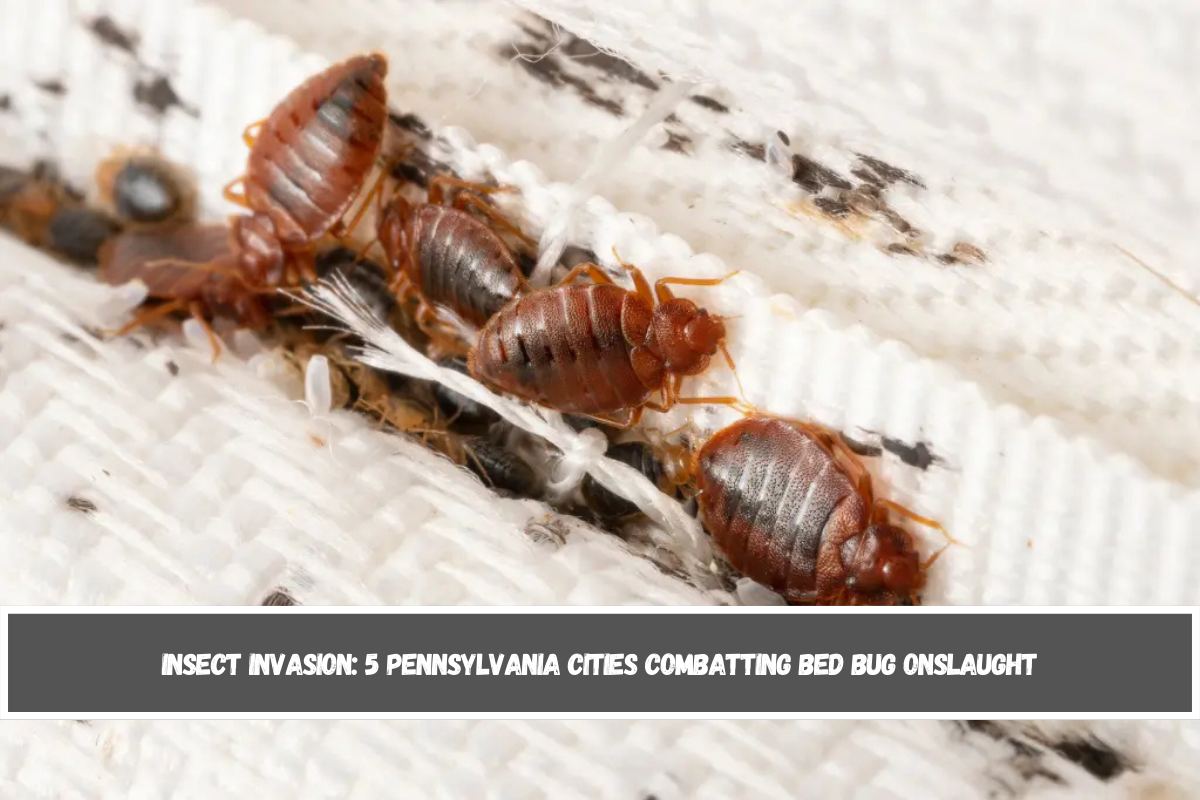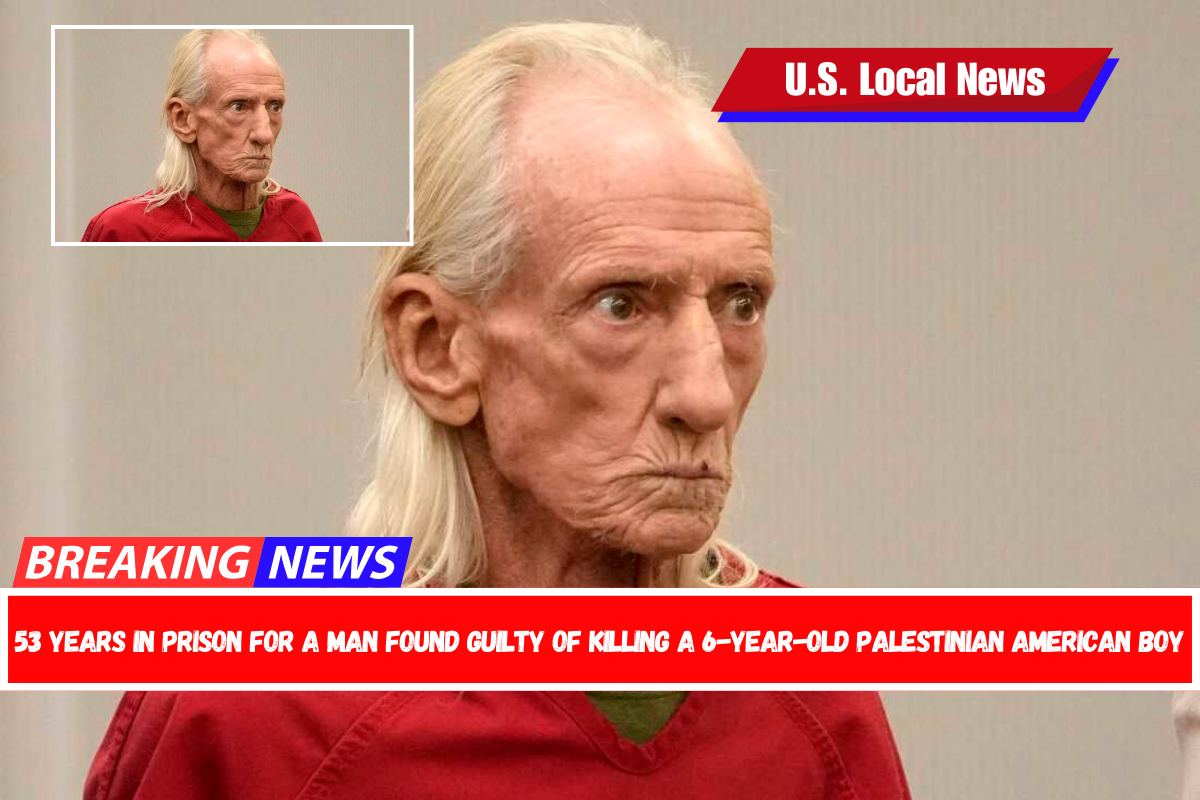Oelwein, a small town in Fayette County, has been named the poorest town in Iowa based on recent economic analyses. Despite its historical significance and community efforts to improve living conditions, Oelwein struggles with low income levels, high poverty rates, and limited economic opportunities.
Economic Challenges
Oelwein’s median household income is $41,629, which is significantly lower than Iowa’s statewide median of $70,571. The poverty rate in the town stands at 17.5%, far above the state average of approximately 11%. These figures highlight the financial hardships faced by many residents.
Additionally, only 13.7% of adults in Oelwein hold a bachelor’s degree or higher, which is considerably below the state average. This lack of educational attainment limits access to higher-paying jobs and contributes to the town’s economic stagnation.
Population and Housing
Oelwein has a population of approximately 5,714 as of 2025, with a declining growth rate of -0.66% annually. The median home value in Oelwein is $97,000—nearly half the statewide median of $181,600. While the low housing costs may seem advantageous, they reflect limited investment in infrastructure and economic development. The declining population further exacerbates economic challenges as fewer residents contribute to local growth.
Cost of Living
One mitigating factor for residents is Oelwein’s low cost of living, which is 14% lower than the Iowa average and 23% below the national average. Goods and services, groceries, housing, and transportation are all more affordable compared to other parts of the state. However, this benefit does not offset the underlying issues of low incomes and high poverty rates.
Community Efforts
Despite these challenges, Oelwein has implemented programs aimed at revitalizing its economy. The city offers financial incentives such as revolving loan funds for businesses and housing rehabilitation programs to improve residential neighborhoods.
Additionally, initiatives like the Downtown Improvement Program focus on renovating commercial properties to attract businesses and enhance economic activity. These efforts demonstrate a commitment to fostering growth and improving living conditions for residents.
Comparison to Other Towns
While Oelwein ranks as Iowa’s poorest town based on income data, other towns face similar challenges. For example, Keokuk has a slightly higher median household income but struggles with a poverty rate of 27.9%, which is among the highest in the state. However, Oelwein’s combination of low income levels, high poverty rates, and declining population solidifies its position as the poorest town overall.
Oelwein’s designation as Iowa’s poorest town underscores persistent economic disparities within the state. While community leaders have taken steps to address these challenges through financial incentives and infrastructure improvements, significant hurdles remain.
Addressing issues like educational attainment and job creation will be crucial for fostering long-term economic growth. For now, Oelwein remains emblematic of small-town struggles in rural America—a place where resilience meets adversity in equal measure.
SOURCES:-
[1] https://khak.com/eastern-iowa-is-home-to-the-poorest-city-town-in-the-state/
[2] https://www.houzeo.com/blog/cheapest-places-to-live-in-iowa/
[3] https://www.roadsnacks.net/poorest-places-in-iowa/
[4] https://worldpopulationreview.com/us-cities/iowa/oelwein
[5] https://www.iowa-demographics.com/oelwein-demographics











